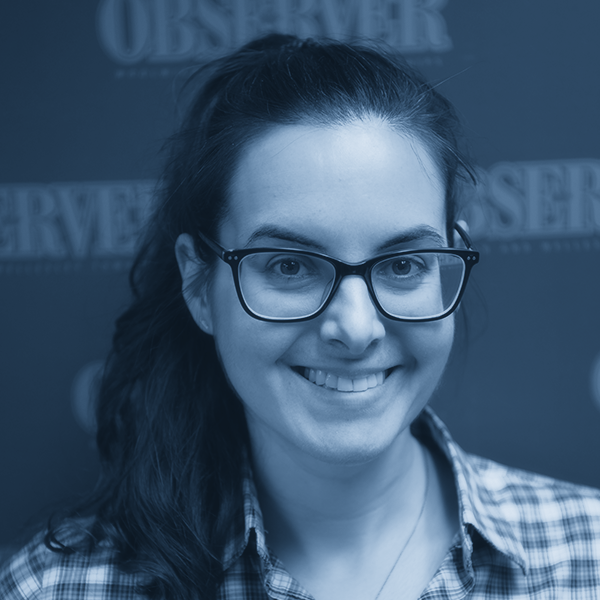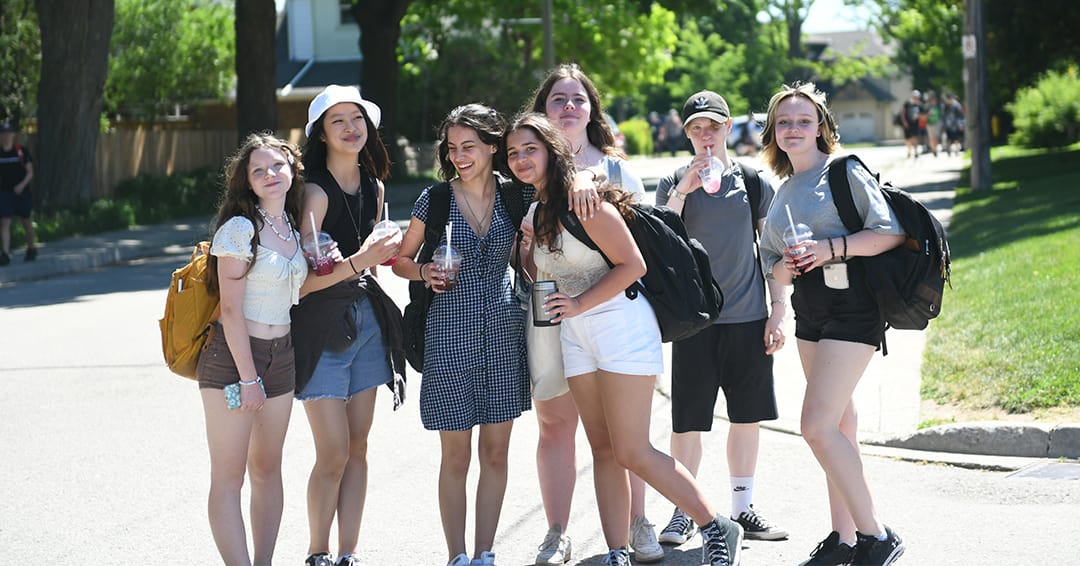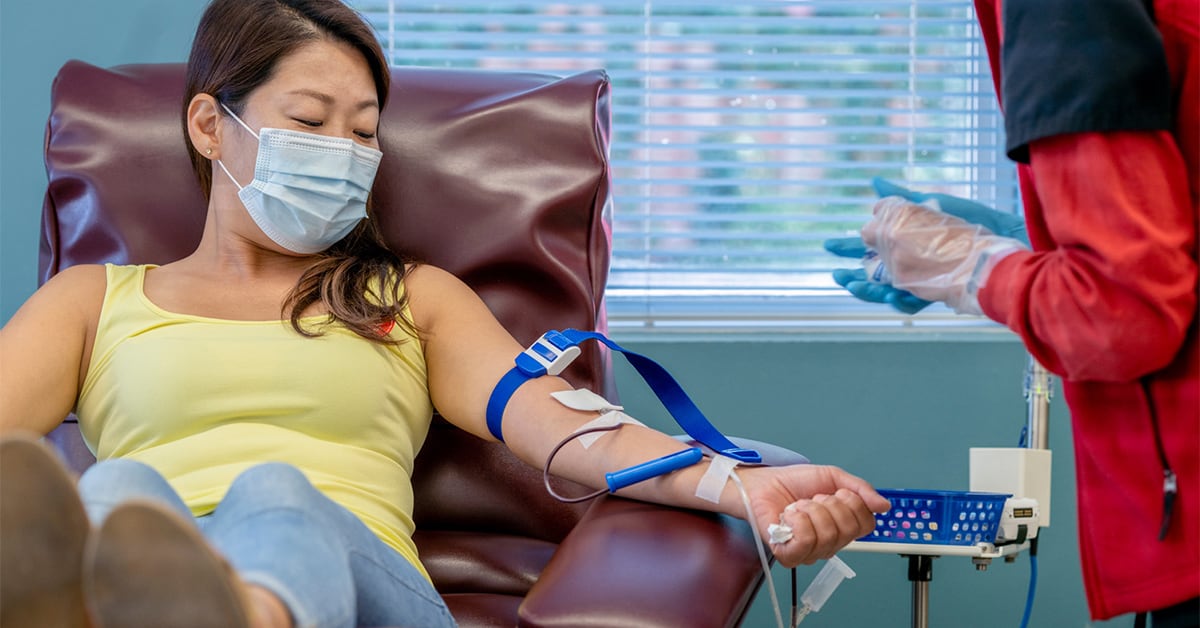Racialized students make up about a third of those attending public schools in the region, with about three per cent identifying as Indigenous. Seven per cent of students identified having more than one racial group identity or a multiracial identity in the first census to collect such information about school kids.
The Waterloo Region District School Board survey was conducted in spring 2021. Responses represented the input of some 30,000 students, including the parents or guardians of students in kindergarten to Grade 3, and from the students themselves in Grades 4 to 12.
All Ontario school boards are mandated to collect identity-based student information under Ontario’s Anti-Racism Act. The WRDSB says survey information will allow the board to find differences and gaps in students’ experiences and outcomes based on their diverse needs and identities.
The survey results announced last week paint a detailed picture of the diversity in the schools. Participants, for instance, reported more than 200 first languages, including five Indigenous languages.
More than four per cent of student participants in grades four to 12 self-identified their gender one that differs from their assigned sex at birth.
Ontario’s school boards are mandated to conduct identity-based census information by 2023, Dana Lieberman, WRDSB’s senior manager of research and evidence-based practice, told The Observer in an email.
“The census data will be instrumental in helping us address differences and gaps in the system to ensure that any student’s identity does not predict their outcome,” she said.
The census asked the students questions about their ethnic and cultural origins, citizenship and first languages, religion worldview and spirituality, gender identity, sexual orientation, disabilities and health, food security and learning resources, access to programming, household composition and income level, levels of education in the household and employment status.
For next steps, the census data will be broken down to be more school-specific, said Lieberman. That will be shared with school administrators in the fall. Staff at the research department of the school board will also begin analyzing the census results against student achievement, program enrollment, and suspension and expulsion data to begin identifying gaps and disparities based on identity, she noted.
“We will also be sharing the results more broadly with community stakeholders in the Waterloo Region, as well as creating resources to support the understanding and use of this data,” she said.
This was the first census conducted.
“We are in the process of determining timing for the next workforce census and student census, both of which will take place within the next two to four years,” said Lieberman.
“The student census results provide the WRDSB with an important opportunity to develop a deeper understanding of our students and to apply what we’ve learned from them to our ongoing efforts to meet the diverse needs of all students”
Highlights from WRDSB’s first student census:
- Nearly three per cent of students who participated identify as Indigenous, representing 66 nations, communities and identities.
- Racialized students make up one-third of the student census participants.
- Seven per cent of students identified having more than one racial group identity or a multiracial identity.
- WRDSB students who participated reported more than 200 languages as their first language, including five Indigenous first languages.
- The most common religions identified in the census were Christianity (38.2% K-3, 33.1% Grades 4-12) and Islam (12.8% K-3, 15.2% Grades 4-12).
- Approx two out of five students identified as agnostic, atheist or having no religious or spiritual affiliation.
- More than four per cent of student participants in Grades 4 to 12 self-identified their gender one that differs from their assigned sex at birth.
- Nearly 24 per cent of student participants in Grades 7 to 12 self-identified with at least one 2SLGBTQIA+ sexual orientation.
- Approximately seven per cent of participating students reported a disability or health condition.









